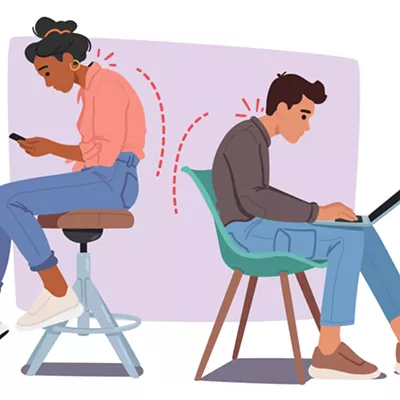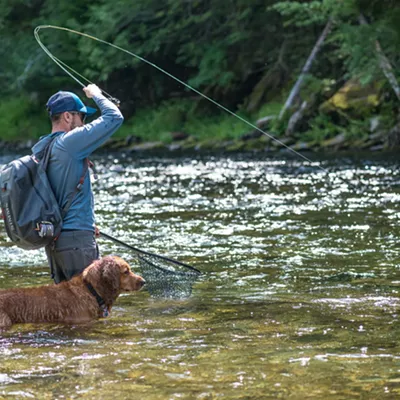Spokane resident Tami Schwartz has faced great challenges in her struggle with Myelodysplasia Syndrome, or “Pre-leukemia.” Yet with each challenging day came an outpouring of kindness from friends, co-workers and even strangers. From a large bone marrow drive sponsored by her employer, F5 Networks, to the many individual marrow donors across the nation, Tami hoped one person’s kindness would bring her the help she needed. Little did she know the miraculous ending to this story started more than 15 years ago, in a place more than 2,000 miles away.
In 1994, while attending the University of Hawaii, Scott Kikiloi was touched by the story of Alana Dung, a little girl diagnosed with leukemia who needed a bone marrow transplant. Wanting to help, Scott, along with more than 30,000 Hawaii residents, joined the National Marrow Donor Program and hoped for the best. You can imagine his shock upon receiving a call 15 years later informing him he was a potential match for a woman in Spokane named Tami Schwartz.
“I can’t help but think how crazy it is, that if I didn’t see Alana Dung’s donation poster at the campus center at University of Hawaii at Manoa when I was 19 years old, I would have never gone up to the donation booth and registered,” says Scott. “Fast forward now 15 years, and it has made a difference.”
As a doctoral candidate in archaeology at the University of Hawaii, the timing of the donation request posed a potential conflict for Scott. He was preparing for a fieldwork expedition to Mokumanamana Island for a 21-day, Survivor-like research expedition.
Scott had many things to consider, but after talking to trusted friends and family he ultimately made the decision to help Tami. Scott’s uncle, who was diagnosed with leukemia and went through a similar experience, also impacted his decision.
“This kind of illness could really happen to anyone, including a loved one, and if it does I’m sure we would all hope that person who is a match decides to help,” says Scott.
Tami and her family were worried; they knew 50 percent of potential matches decline to donate their marrow when contacted. It can take up to four matches before the registry finds a donor both willing and able.
Because one out of three patients with MDS progresses to leukemia, they had to act fast. Additional tests were performed to confirm the match, and Scott’s stem-cell donation was shipped 2,000 miles to the Fred Hutchinson Cancer Research Center in Seattle, where marrow treatments for Tami began immediately.
While Scott is multi-ethnic, he was a perfect match for Tami, who is of Japanese descent. Adding to the miracle is the fact ethnic minorities are significantly underrepresented in the donor registry. In fact, a South Asian has a 1-in-20,000 probability of finding a matching donor, compared to a Caucasian’s 1-in-15 chance, according to the National Marrow Donor Program.
The message is clear: Don’t wait until someone you care about is in need before you register. If potential donors are not already in the registry, it can take approximately five months to determine if they are a match for a sick patient. But if they are already registered, that time can be cut almost in half.
Because of Scott’s donation, Tami has made a steady recovery. In a letter to her donor, Tami said she hoped people would hear about their story and be motivated to become a donor. “Thank you so much for the gift of life,” Tami wrote to Scott, “and for becoming a special person in my life.”
Laurie Likai is a vice president for F5 Networks, with offices in Spokane and Seattle. To find out how you can register and be tested as a bone marrow donor, go to www.marrow.org or call (800) 627-7692.















